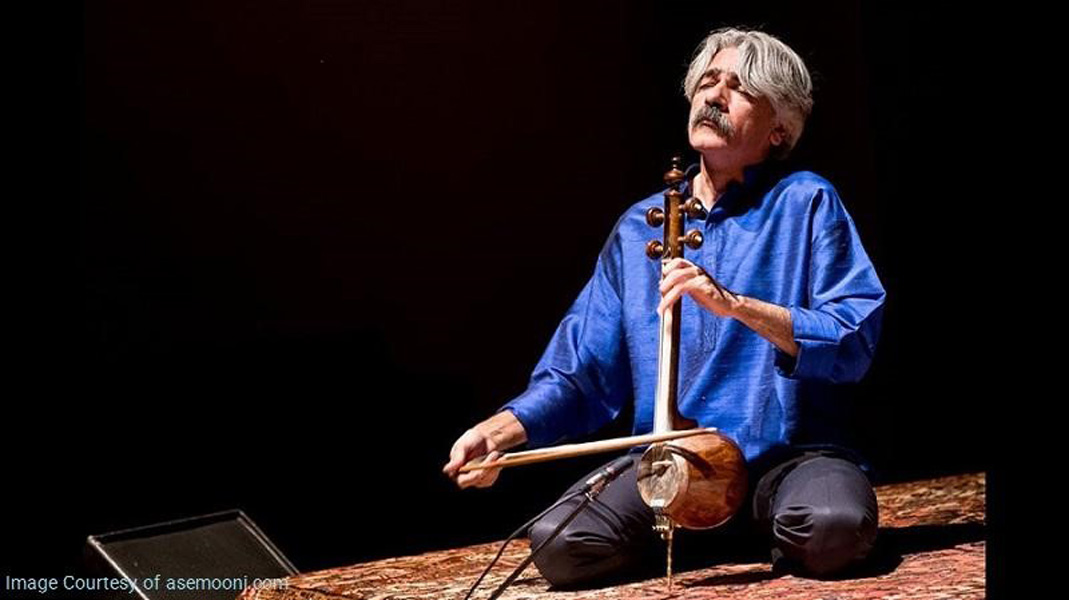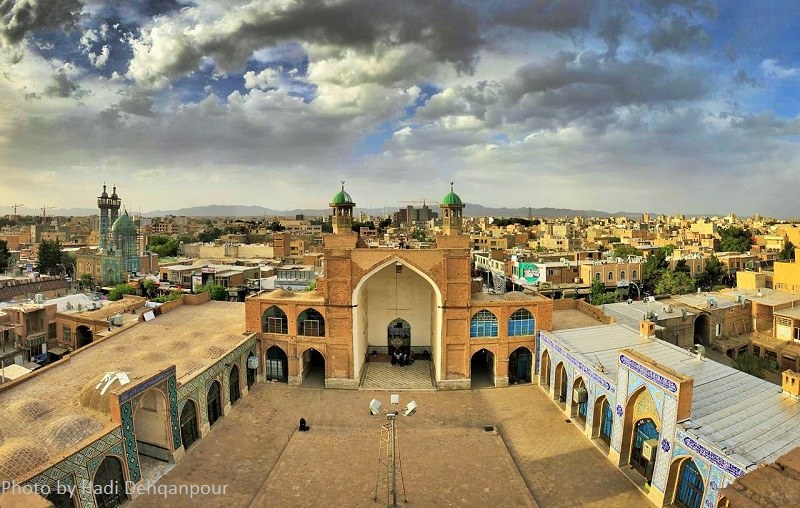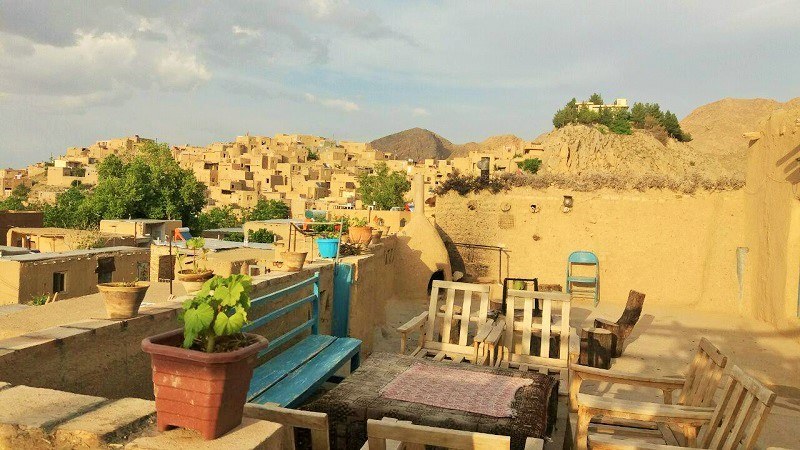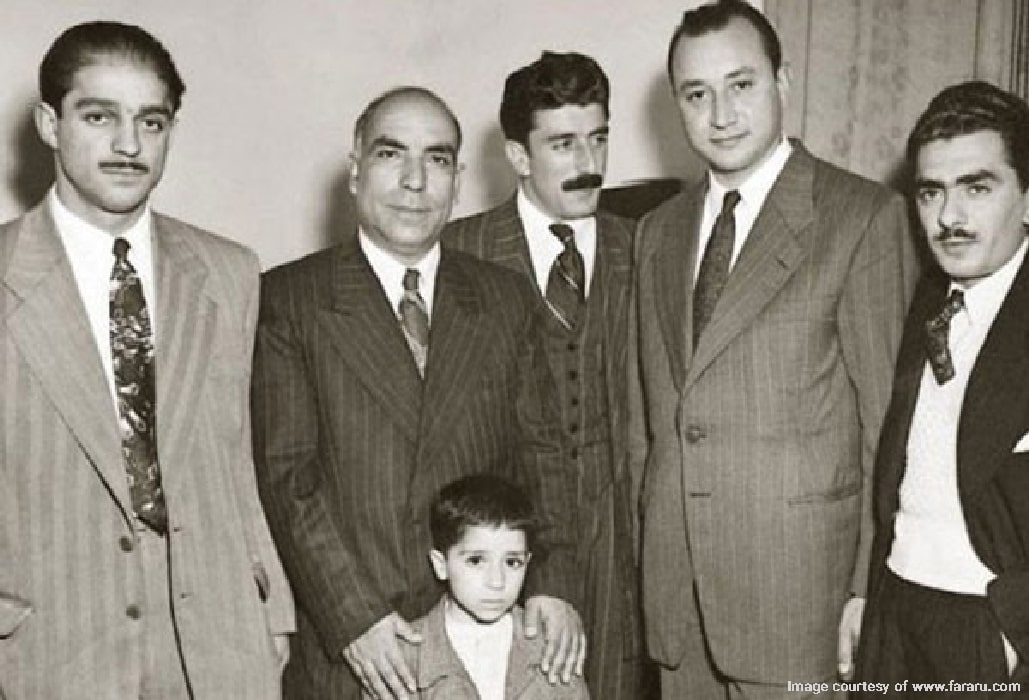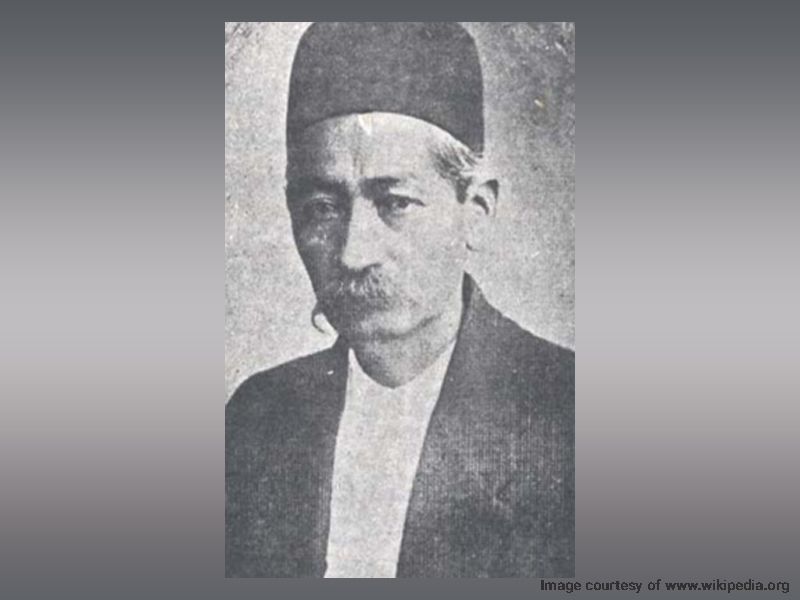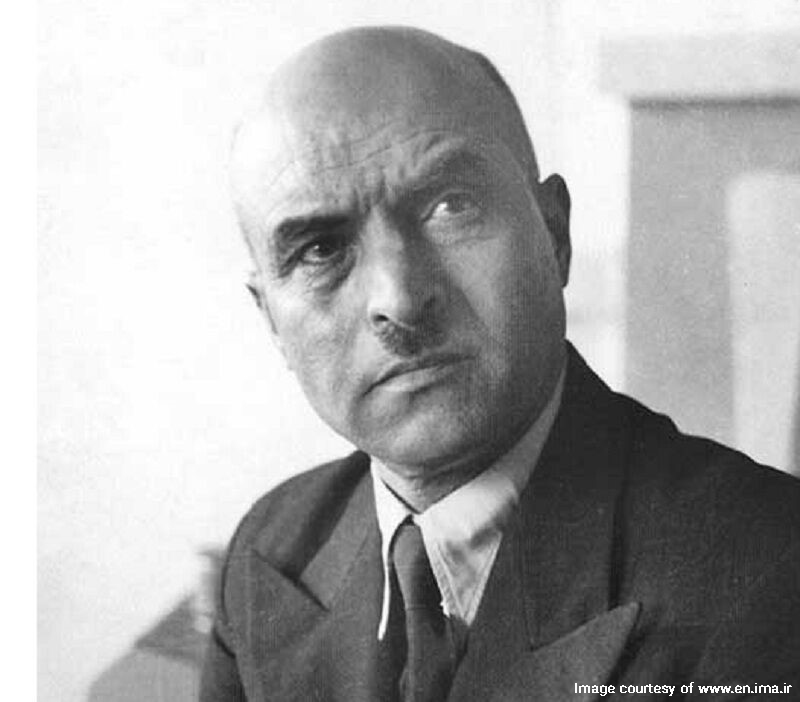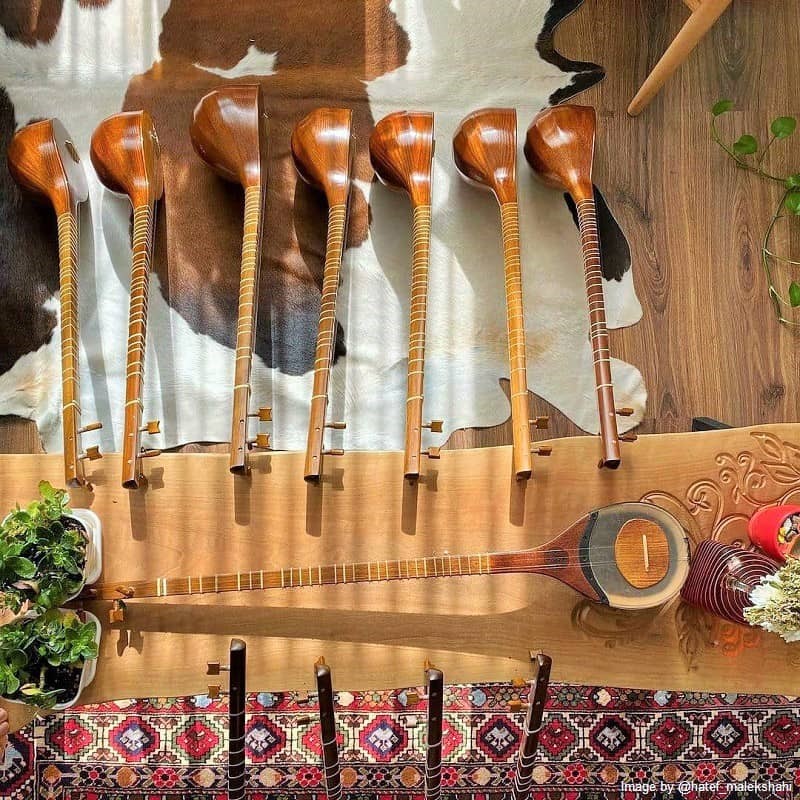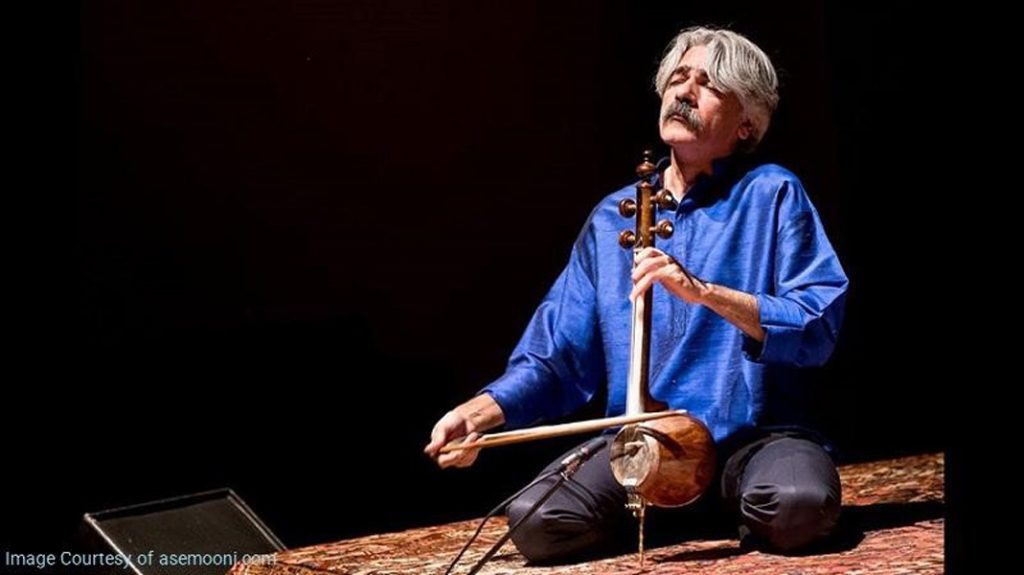
Before introducing Iranian traditional music, we must consider certain realities. The musical works of any culture reflect the country’s social status, its transition, and its decline. Fine arts demonstrate people’s emotions and moral code, and since nations have different preferences, their art manifests in different forms.
Authentic Iranian music, which is also known as Iranian traditional music and Iranian classical music, includes Dastgah (standard Persian musical system), melody, and Avaz (part). This style of music emerged before Christianity and mostly reached our times from master to student. It is one of the major manifestations of Iranian culture, and its most pleasant aspects and products have stood the test of time.
Traditional Persian music has influenced the musical culture in most parts of Central Asia, Afghanistan, Pakistan, Azerbaijan, Armenia, Turkey, and Greece, and in turn, each of these cultures has played a role in the evolution of Iranian music. Barbad, Nakissa or Nagisa, and Ramtin were the most famous Iranian musicians in ancient Iran.
Radif, which means order and is a collection of several traditional melodic samples, was registered as the first free-standing item of intangible cultural heritage in UNESCO’s Intangible Cultural Heritage List in September 2009.
Wall engravings in historic caves show that Iranians have been interested in music since ancient times. Many scholars have conducted research on the impact of Iranian traditional music on the world of music. The basis of the modern musical notation system from Europe is derived from the principles and laws of Mohammad al-Farabi, an Iranian scholar and musician.
The traditional music of Iran is a collection of songs and melodies that have been developed in this country over centuries and reflect Iranian moral values. In other words, the elegance and unique melodies of Iranian music invite the listener to ponder and visualize abstract ideas. In addition, the passion and beats of traditional Persian music are rooted in the ancient epic spirit of Iranians and drive the listener to take action and think dynamically.
Iranian traditional music consists of twelve Maqam (position) or modes; Seven of them are more unique than the rest and are called “Dastgah”. Five other Maqam are derivatives. They are considered components of other Dastgah and are called “Avaz” or parts. In addition to seven Dastgah and five Avaz, there are 228 Gousheh, collections of melodies and parts, which are used by composers and singers.
The History of Iranian Traditional Music
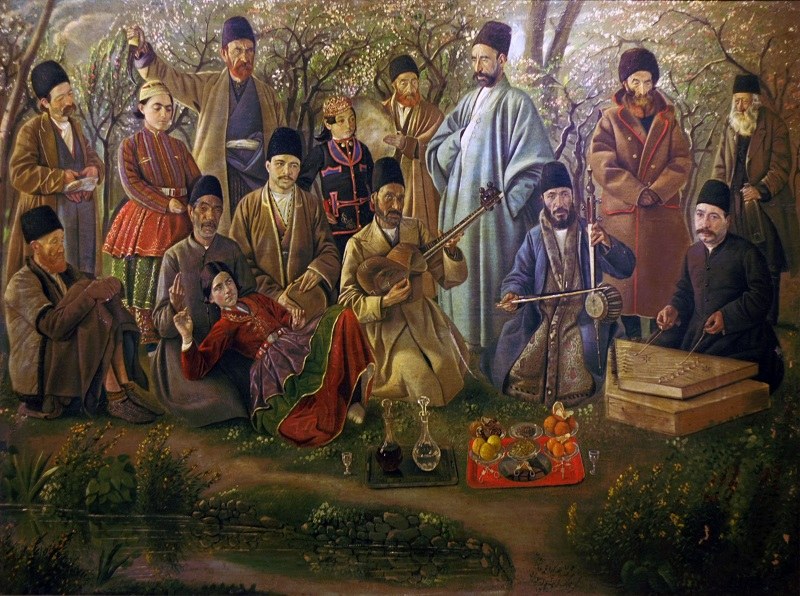
Traditional Iranian music has evolved during two major periods of transformation:
The First Period in the Evolution of Traditional Iranian Music
The musical works of prominent Iranian scholars such as Abu Ali Sina, al-Farabi, Qutb al-Din al-Shirazi, and Abd al-Qadir Maraghi indicate that Iranian music composition was considered a scientific endeavor until the middle of the 15th century. But after the social and religious developments at that juncture, little attention was paid to music. There are no musical masterpieces or any significant work during this period, which indicated the despair of the artists.
This despair remained until the end of the Safavid era when the government did not support music because of their strict religious beliefs. Due to the chaos that originated from the fall of the Safavid dynasty, there were no significant developments in traditional music in the following Afsharid period.
Of course, historical evidence shows that Nader Shah was interested in musicians; But the music that was commonly played during his time was not authentic and composed in the traditional Persian systems, and the main purpose was recreational. During the Zand period, general security and social welfare improved in Iran and people became interested in music again. Mushtaq Ali Shah and Parikhan were prominent musicians of this era.
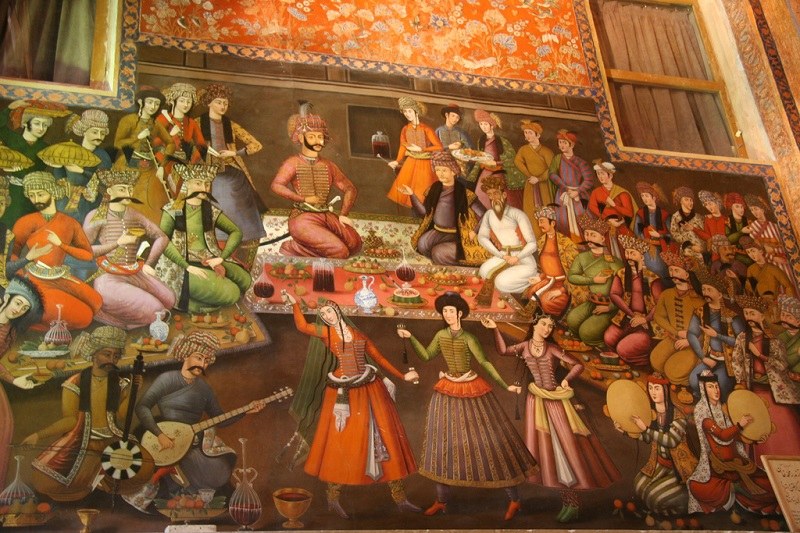
During the Qajar era, the traditional music of Iran developed in different aspects, including religious melodies. Among the artists of this period, we can mention Seyed Ahmad Khan. He was the first Iranian singer who recorded his songs on a gramophone. Qolikhan was another artist who performed Ta’zia and also sang Avaz Dashti, a derivative of Dastgah Shur or Dastgāh-e Šur.
After the establishment of Dar ul-Funun and the recruitment of European tutors and music instructors, Iranian traditional music developed in a theoretical and scientific framework. European professors would teach music theory in French and Persian languages in the music theory classes held by Dar al-Funun Institute.
The Second Period of Evolution of Traditional Iranian Music
The second period of the development of Iranian music took place in the modern age. During the Pahlavi era, the fundamentals of Western culture were adopted in Iranian music, creating new styles of music. The gap between people and traditional music grew so large that in the 1960s, people mostly ignored Iranian traditional music.
According to musicians, Reza Shah preferred Iranian national music to European music. But he believed that European music is better for the country’s development. Reza Shah altered traditional musical systems, which led to the composition of many marsh pieces.
Iranian Folk or Folklore Songs
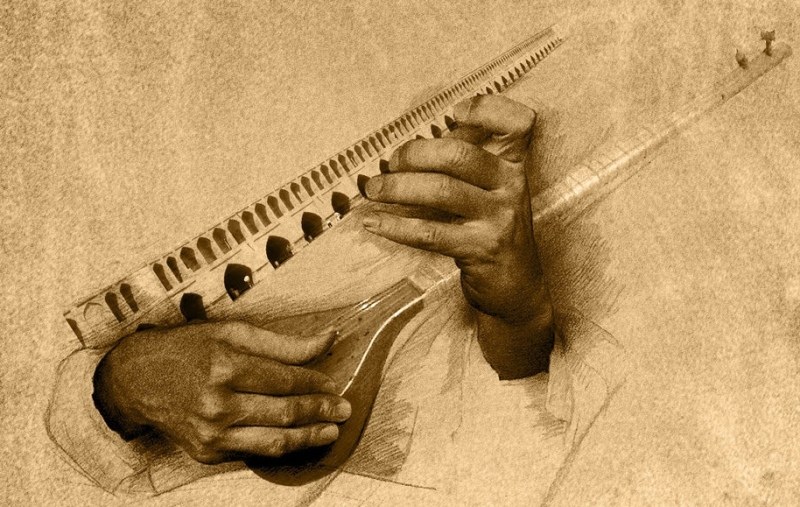
The most authentic musical resources of any country are the tunes and melodies and songs that are performed in local communities in different regions, especially in remote villages. Since this type of music was less influenced by modern urban communities, it is more authentic and is more similar to the original traditional songs. In fact, songs inspire the shared values of the intellectual system, culture, and civilization of a nation.
Since there are different ethnic groups and cultures in Iran, this type of music includes different variations of speech and melody samples. For example, the folk music of Azerbaijan, Gilan, Khorasan, Bakhtiari, Kurdistan, Shiraz, and Baluchistan are very distinct not only in terms of melody but also in lyrical composition. Iranian folk songs include a diverse set of musical perspectives.
Traditional Iranian Musical Instruments
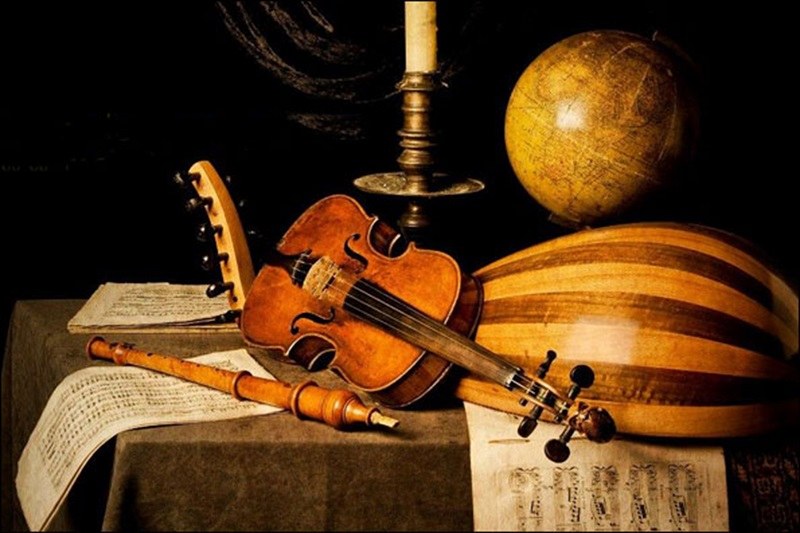
In different eras of history, Iranians have used various traditional musical instruments. Here is a general categorization of Iranian instruments:
- Wind instruments such as Ney (flute), Sorna, The Korna, and Ney-anbān (bagpipe)
- Bowed String instruments such as Kamancheh, Oud, Rebab or Robab and Tar
- Percussion instruments such as Dohol, Daf, drum, and Tonbak or Tombak
- Plucked String instruments such as the unique Iranian Santur.
Different Concepts of Iranian Traditional Music
Radif (order)
First of all, it should be said the current Radif is the legacy of the era of Ali-Akbar Farahani, a famous Tar and Setar musician. Amir Kabir, the prime minister of Naser al-Din Shah Qajar, invited Ali Akbar Farahani to the royal court to promote and spread Iranian music.
Then, Gholam Hossein Khan, Ali Akbar’s brother, taught this style of music to Mirza Hossein-Qoli and Mirza Abdullah, Ali Akbar Khan’s two sons. Mirza Hossein-Qoli and Mirza Abdullah organized this style in the form of melodic samples. Today, this category is known as “Radif” in Farsi.
In fact, Radif is a collection of melodic samples from traditional Iranian music that is almost similar to the Repertoire in Western musical discourse. In fact, a Radif collection is a set of melodies that organize the Gousheh (tunes) in a number of different melodic orders called “Dastgah”.
The compilation and collection of Radif in its current structure began at the end of the Zand era and the beginning of the Qajar era. At the beginning of the Qajar period, the Maqam melodic system was replaced by the system of Radif and seven Dastgah, and five Avaz instead of several Maqams.
The Farahani family (Mirza Abdullah, Hossein-Qoli, and Ali Akbar Farahani) can be introduced as the pioneers of Radif.
Today, Radif has two main functions:
- For Example, for educational purposes, it allows students to break down the repertoire into basic Gousheh or tunes.
- It is a dynamic model open to variations of an artist’s creativity, as Iranian traditional music is very improvisational and imaginative.
Dastgah (system or mode)
Each device is a sequence of different parts or full tunes in Iranian music that stimulate certain emotions in the listener. In fact, a Dastgah is a kind of base melody that the musician uses as a foundation for their improvised harmony. Each Dastgah includes several Gousheh.
Most musicians divide Iranian traditional music into seven Dastgah, while some categorize it into 12 Dastgah. The most common classification is seven Dastgah and five Avaz. The seven Dastgah of Radifs in Iranian traditional music are:
- Shur
- Segah
- Chahargah
- Rast-Panjgah
- Humayun
- Mahur
- Nava
Avaz (vocal)
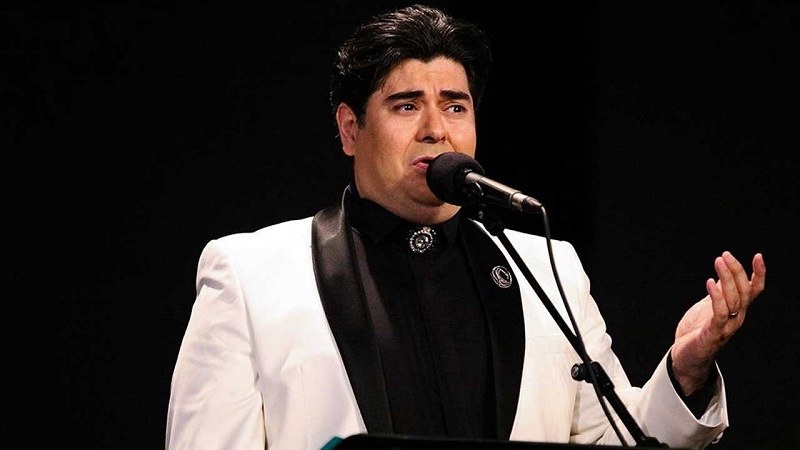
Avaz is the non-metered vocal component in Iranian music and is often part of a Dastgah. Consequently, we can call it a subset of the Dastgah or a secondary Dastgah. For example, Avaz Dashti is a derivative of Dastgah Shur. Iranian traditional music includes five Avaz, which are:
- Abuata, Dastgah Shur
- Bayat-e Tork (Bayat-e Zand), Dastgah Shur
- Afshari, Dastgah Shur
- Dashti, Dastgah Shur
- Bayat-e Isfahan, Dastgah Homayun
Today, as in all eras of history, traditional Iranian music maintains its spiritual roots and unlike folk and popular music, it is mostly the focus of the intellectual and distinguished individuals in Iranian society.
Iranian Traditional Music Artists
Iranian musicians form the identity of Iranian traditional music. Below we mention some prominent Iranian musicians:
He was a Tar and Setar player and also a pioneer in the art of composition. He was the one who promoted music among the people.
Ali-Naqi Vaziri was a Setar and Tar player who started the modernism movement in Iranian music. He established a music institute and spearheaded the development of Iranian music for a long time.
Taj Isfahani was the most famous singer of Avaz Bayat-e Isfahan.
Habib Soma’i
Habib Samai is widely considered the greatest Santur player of the last century.
Abolhasan Saba
Abolhassan Saba was the best Setar player in the contemporary era and the best student at Darwish Khan’s school of Setar.
Qamar-ol-Moluk Vaziri
She was the most famous Iranian female singer of the last century. Her songs are masterpieces of Iranian music.
Ruhollah Khaleghi
Khaleghi was a composer, musician, violinist, conductor, and author of several music books.
Hossein Tehrani
Hossein Tehrani was the most skilled Tombak player in contemporary history. He held the first Tombak concert in Iran.
Gholam-Hossein Banan
Banan was one of the most popular singers of his time and a student of Ruhollah Khaleghi and Ali-Naqi Vaziri.
Javad Maroufi
Javad Maroufi was the first pianist who combined Western music techniques with Iranian traditional music. He was a student of Ali Naghi Vaziri. Anoushiravan Rouhani is one of his students.
Mohammad-Reza Shajarian
Mohammad-Reza Shajarian is one of the prominent Iranian singers who won the Picasso Award. He received the Patron’s Award from Aga Khan Development Network and was nominated for a Grammy Award.
Shahram Nazeri
In 1998, Shahram Nazeri won the award for the Best Sufi Music of Morocco. In October 2007, he was awarded the “Légion d’honneur” by France.
Parviz Meshkatian, Hossein Alizadeh, Qurban Soleimani, and Alireza Soleimani are other famous Iranian traditional musicians.
In the end, it must be acknowledged that Iranian traditional music owes its progress and status to the people we mentioned, as well as many others who have played an important role in preserving this art among Iranians.
To Read More About Iran’s Traditional Music:
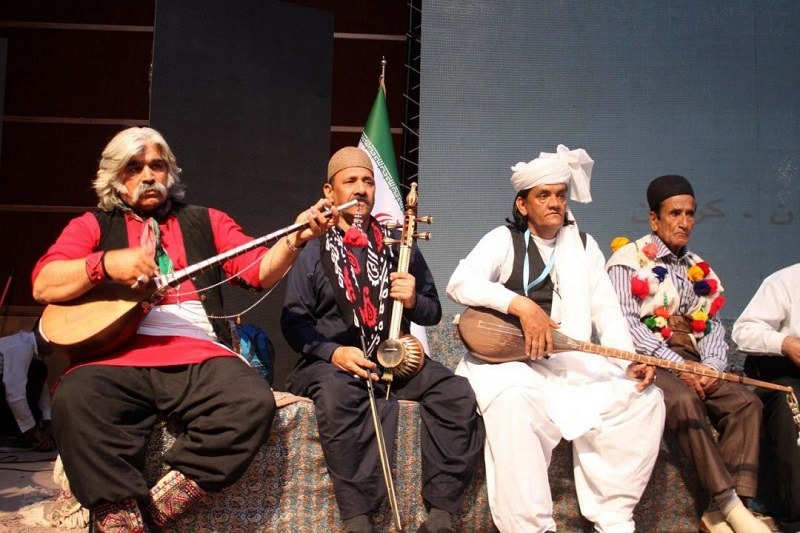
- The Traditional Skills of Making and Playing Setar in Iran
- Getting to know the skills of making and playing the Tar, an Iranian string instrument
- The skills of making and playing the Kamancheh, an Iranian string instrument
- The skills of making and playing the Ney instrument, an Iranian wind instrument
- The skills of making and playing Tombak, an Iranian Percussion instrument
- The skills of making and playing the Tas instrument, an Iranian Percussion instrument
- The skills of making and playing the Santur, an Iranian string instrument
- Skills of making and playing Rabab, an Iranian string instrument
- The skills of making and playing the Naqareh, an Iranian percussion instrument
- The skills of making and playing the Dohol instrument
- The skills of making and playing the Qanun
- The skills of making and playing a Daf instrument
- The skills of making and playing the Oud instrument (Barbat)
- The skills of making and playing the Chang, a string instrument of ancient Iran
- The skills of making and playing the Iranian Tanbur instrument
- Traditional skills of making and playing Iranian Dotar
- Introduction of Dastgah and Avaz in Iranian traditional music
- Introduction of Tahrir technique in Iranian traditional song
- History of Iranian music






